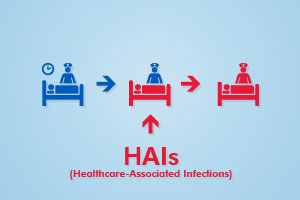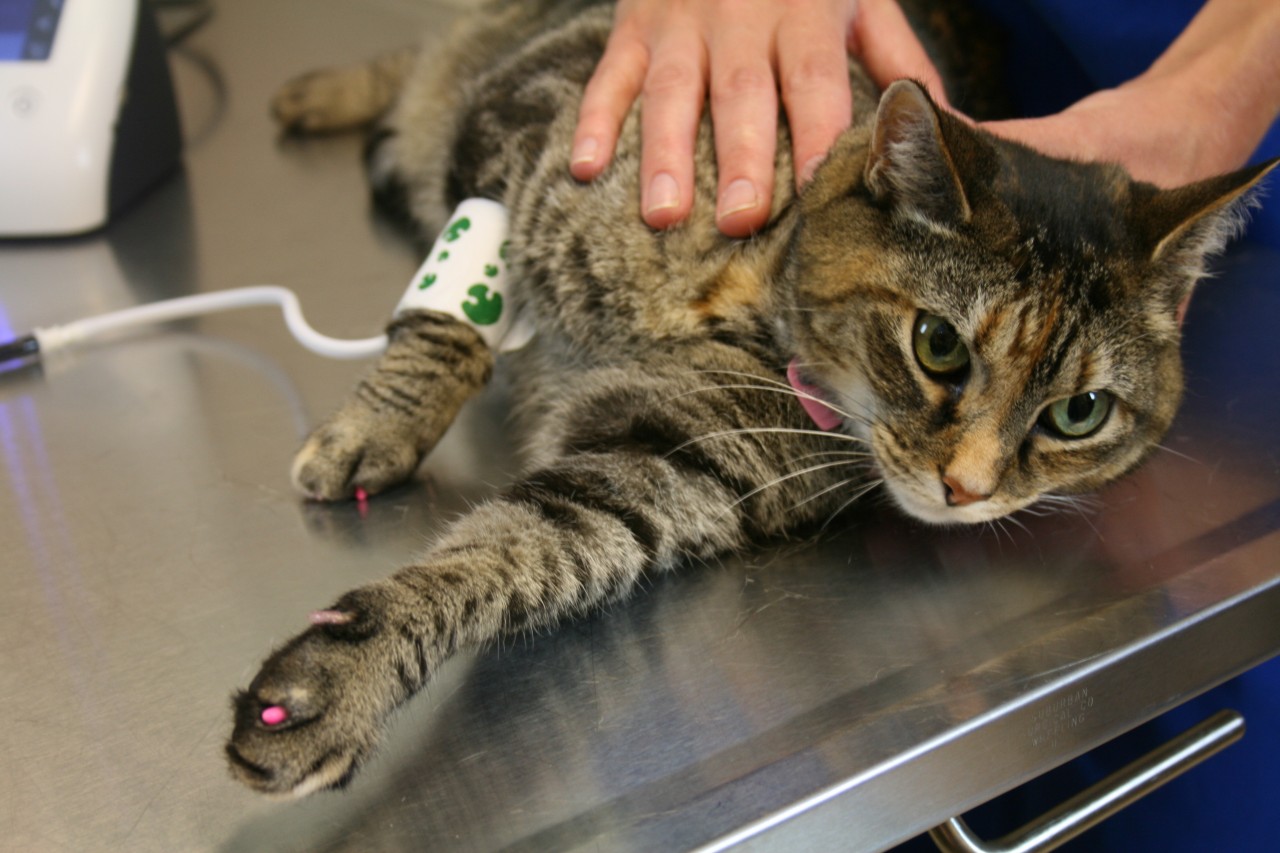![]()
Blog @ SunTech
Advice from the BP Measurement Experts
Top 7 Reasons to Use Disposable BP Cuffs to Reduce the Transmission of HAI's
 There have been decades of research on the transmission of Healthcare-Associated Infections (HAIs) throughout healthcare settings. Studies have shown patients can be exposed to HAIs from contaminated healthcare workers’ attire, environmental surfaces (cabinets, bedrails, countertops, etc.), and reusable medical equipment.7,8 Therefore, many healthcare facilities have implemented Infection Prevention and Control programs to help reduce the spread of HAIs. Some of the strategies employed to help control HAIs include hand washing and the use of disposable items, such as disposable blood pressure cuffs. With that in mind, the following is an abbreviated list of the “Top 7 Reasons to Use Disposable BP Cuffs to Reduce the Transmission of Healthcare-Associated Infections.” To download our free ebook version with more in-depth information, pleaseclick here
There have been decades of research on the transmission of Healthcare-Associated Infections (HAIs) throughout healthcare settings. Studies have shown patients can be exposed to HAIs from contaminated healthcare workers’ attire, environmental surfaces (cabinets, bedrails, countertops, etc.), and reusable medical equipment.7,8 Therefore, many healthcare facilities have implemented Infection Prevention and Control programs to help reduce the spread of HAIs. Some of the strategies employed to help control HAIs include hand washing and the use of disposable items, such as disposable blood pressure cuffs. With that in mind, the following is an abbreviated list of the “Top 7 Reasons to Use Disposable BP Cuffs to Reduce the Transmission of Healthcare-Associated Infections.” To download our free ebook version with more in-depth information, pleaseclick here
-
Reusable Blood Pressure Cuffs Are A Major Source of Contamination
Reusable blood pressure cuffs have shown to be a major source of bacterial contamination and play a large role in the spread of HAIs in hospitals.1,2,7,8,9 Blood pressure cuffs with the highest contamination rates were found in Intensive Care Units and nurses’ trolleys.3 - The Average Cost to Treat HAI is $23,226 Per Patient
The financial burden on the United States healthcare system for HAIs is staggering. It is estimated that the total annual cost to treat HAIs in the United States is between $35.7 billion and $45 billion with an average in-hospital cost per patient around $23,226.11 - 2 Million People Acquire HAIs Each Year
In the United States, over 2 million people develop HAIs per year. Patients that acquire HAIs average an extra 8 more days of hospital care, utilize more healthcare resources, and are at greater risk for readmission and death.12 - There are 99,000 Deaths Per Year From HAIs
HAIs cause approximately 99,000 deaths per year, making it a significant cause of morbidity and mortality in the United States.6 - Centers for Medicare and Medicaid Services (CMS) No Longer Pay for HAIs
In October 2008, CMS announced it will no longer pay the extra cost of treating several types of HAIs contracted during hospital stays that were not present in the patient upon admission.11 Several private insurance companies in the U.S. have also announced that they are exploring policies similar to the CMS stance.4 - Public Reporting of Hospital Infection Rates
National and state patient safety organizations are pushing the Department of Health and Human Services to approve regulations that will require all U.S. hospitals to disclose how many patients develop HAIs during hospitalization. Public reporting of HAIs is a powerful tool for holding hospitals accountable for reducing HAI risks and keeping patients safe while also improving the quality of care. Public reporting also encourages consumers and employers to choose high quality, low-cost care. There are currently 27 states that have laws requiring public reporting of HAI rates.10 - Protect Your Hospital’s Bottom Line
Some insurance companies, including CMS, and state laws have prohibited hospitals from billing patients or third parties for the increased costs associated with HAIs. These policies put a significant financial burden on hospitals as 4% of patients who acquire HAIs will erode as much as 185% of the hospitals’ inpatient operating profits.5
REFERENCES:
- Beard, MA, McIntyre A, Roundtree PM. “Sphygmomanometers as a Reservoir of Pathogenic Bacteria.” The Medical Journal of Australia. October 1969; 2: 758-60.
- Cormican, MGM, Lowe DL, Flynn P, O’Toole D. “The Microbial Flora of In-use Blood Pressure Cuffs,” Irish Journal of Medical Sciences. 1994; 4: 112-113.
- de Gialluly, C, Morange V, de Gialluly E, Loulergue J, van der Mee N, Qeuntin R. “Blood Pressure Cuff as a Potential Vector of Pathogenic Microogranisms: A Prospective Study in a Teaching Hospital.” Infection Control and Hospital Epidemiology. September 2006; 27(9).
- Fuhrmans, V. “Insurers Stop Paying for Care Linked to Error,” Wall Street Journal. January 15, 2008.
- Hess W, Finck W. “Real-Time Infection Protection”. Health Informatics. August 2007
- Klevens, RM, Edwards J, Richards C, Horan T, Gaynes R, Pollock D, Cardo D. “Estimating Health Care-Associated Infections and Deaths in U.S. Hospitals, 2002”. Public Health Reports 2007; 122: 160-166.
- McCaughey, B. “Unnecessary Deaths: The Human and Financial Costs of Hospital Infections” 3rd Ed. 2008.
- Muto CA, Jernigan JA, Ostrowsky BE, Richet HM, Jarvis WR, Boyce JM, Farr BM. “SHEA Guideline for Preventing Nosocomial Transmission of Multidrug-Resistant Strains of Staphylococcus aureus and Enterococcus.” Infection Control and Hospital Epidemiology. May 2003; 24(5): 362-386.
- Myers, M.G. “Longitudinal Evaluation of Neonatal Nosocomial Infections: Association of Infection with a Blood Pressure Cuff.” Pediatrics. January 1978; 61(1): 42-45.
- RID - www.hosptialinfection.org/legislation.shtml
- Scott II, RD. “The Direct Medical Costs of Healthcare-Associated Infections in U.S. Hospitals and the Benefits of Prevention.” Division of Healthcare Quality Promotion National Center for Preparedness, Detection, and Control of Infectious Diseases Coordinating Center for infectious Diseases Centers for Disease Control and Prevention. March 2009.
- Schwegman, David. “Prevention of Cross Transmission of Microorganisms is Essential to Preventing Outbreaks of Hospital Acquired Infections”.
Interested in getting more SunTech news, product info, as well as
tips, tricks, and insights from BP experts?
Sign up to get fresh content delivered direct to your inbox.



